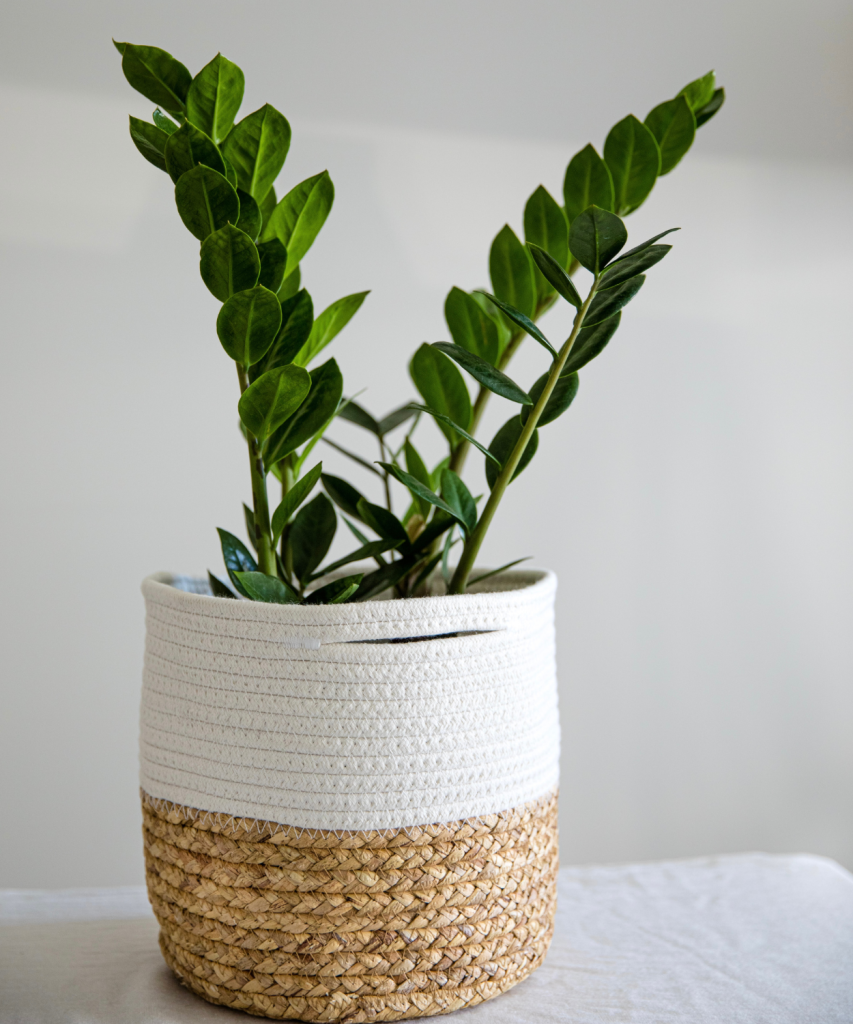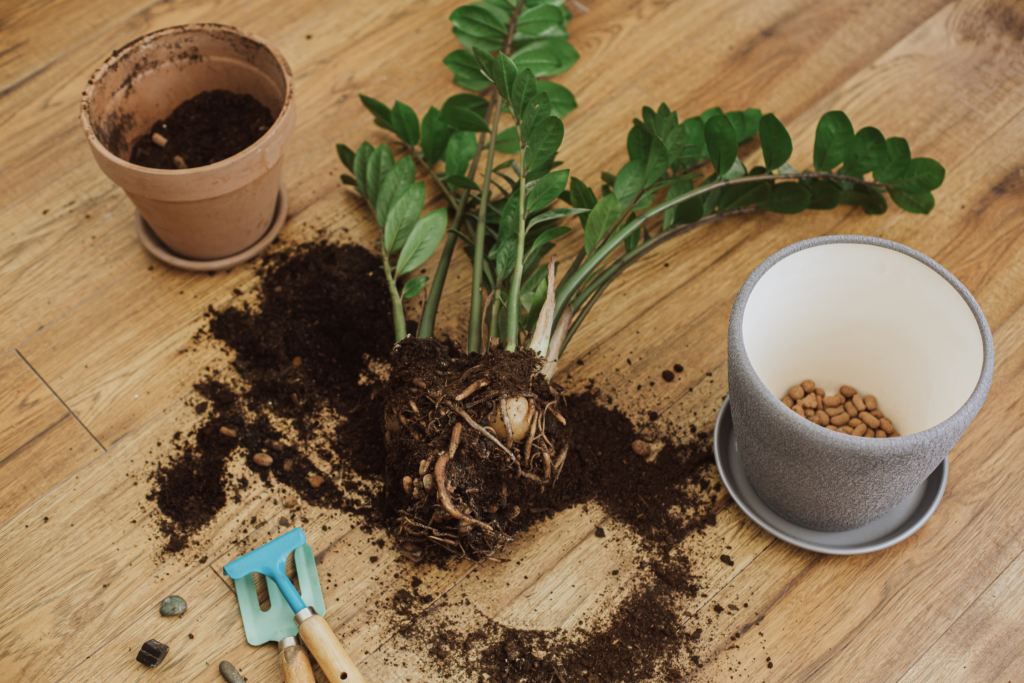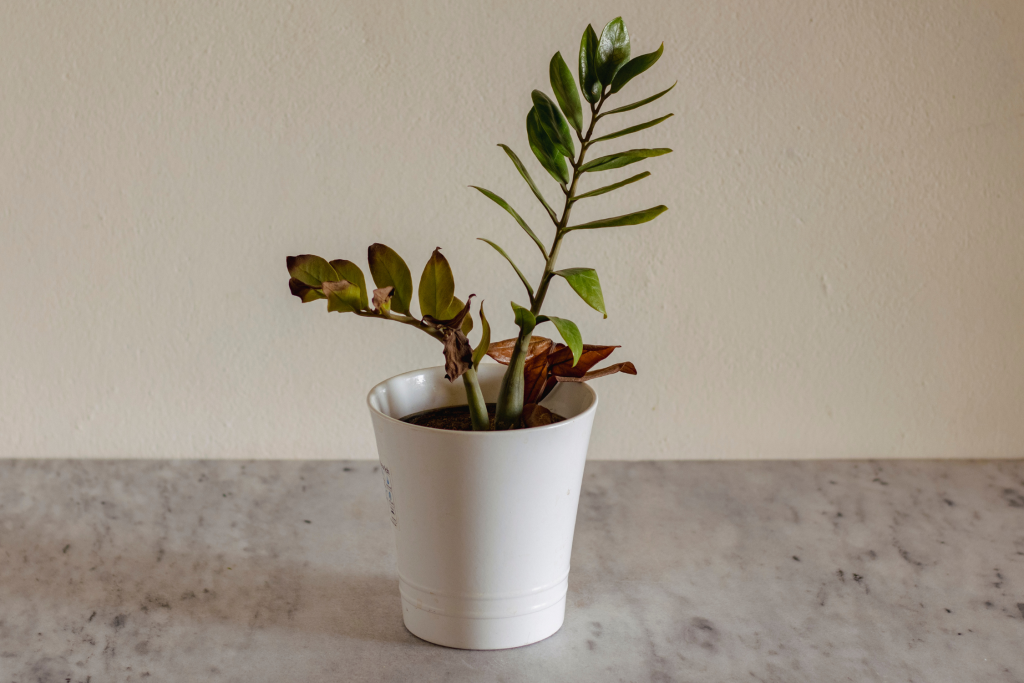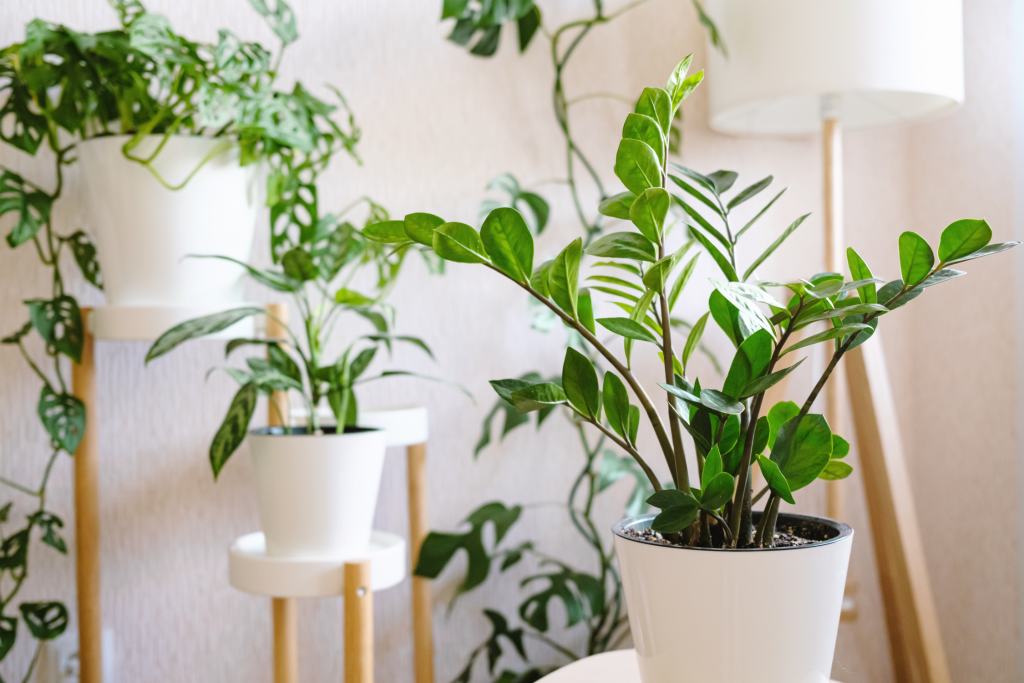
The ZZ plant (Zamioculcas zamiifolia) has gained popularity as a favorite among indoor plant enthusiasts for its resilience, low-maintenance care requirements, and striking appearance. Whether you’re a seasoned plant parent or just starting your indoor gardening journey, the ZZ plant is an excellent choice to add greenery and style to your home. Here’s everything you need to know about cultivating and caring for this versatile houseplant:
Overview of the ZZ Plant
The ZZ plant, native to Eastern Africa, belongs to the Araceae family. It is known for its glossy, dark green leaves that grow in an upright manner, making it a perfect choice for both contemporary and traditional interior settings. Here are some key features and benefits of growing ZZ plants:
- Resilience: ZZ plants are incredibly resilient and can tolerate neglect, making them ideal for beginners or those with busy lifestyles.
- Low Light Tolerance: They thrive in low light conditions but can also adapt to moderate indirect light.
- Air-Purifying Qualities: Known to improve indoor air quality by removing toxins such as formaldehyde and benzene.
- Minimal Water Needs: ZZ plants are drought-tolerant and prefer to dry out between waterings, making them forgiving of occasional forgetfulness.
Growing Conditions
Light: ZZ plants can thrive in low to bright indirect light. Avoid direct sunlight, as it can scorch the leaves.
Temperature: They prefer temperatures between 65-75°F (18-24°C) and can tolerate slightly cooler conditions during winter.
Soil: Use well-draining soil, such as a cactus or succulent mix, to prevent root rot.
Watering: Allow the soil to dry out completely between waterings. Water sparingly, as overwatering can lead to root rot.
Humidity: ZZ plants are adaptable to typical indoor humidity levels but appreciate occasional misting or a gentle wipe-down of leaves to remove dust.
Propagation

ZZ plants can be propagated through division or leaf cuttings:
- Division: Separate the rhizomes (underground stems) and plant them in separate pots.
- Leaf Cuttings: Take a healthy leaf and place it in a well-draining potting mix until roots develop.
Common Issues and Solutions

- Yellowing Leaves: Usually caused by overwatering. Allow the soil to dry out more between waterings.
- Root Rot: Ensure pots have drainage holes and use a well-draining soil mix to prevent waterlogging.
- Pests: ZZ plants are generally pest-resistant but occasionally attract mealybugs or spider mites. Treat with insecticidal soap or neem oil.
Decorative Uses

ZZ plants are versatile and can be used in various decorative settings:
- Floor Plant: Ideal as a statement plant in larger rooms or office spaces.
- Tabletop Accent: Use smaller varieties in decorative pots as tabletop accents.
- Mixed Planters: Pair with other indoor plants like pothos or snake plants for a diverse indoor garden.
Conclusion
The ZZ plant’s adaptability, low maintenance requirements, and air-purifying qualities make it a must-have for any indoor gardening enthusiast. Whether you’re enhancing a minimalist space or adding greenery to a cozy corner, the ZZ plant’s glossy leaves and resilient nature will bring beauty and serenity to your home. Embrace its simplicity and enjoy the benefits of cultivating this versatile houseplant that thrives effortlessly indoors.



